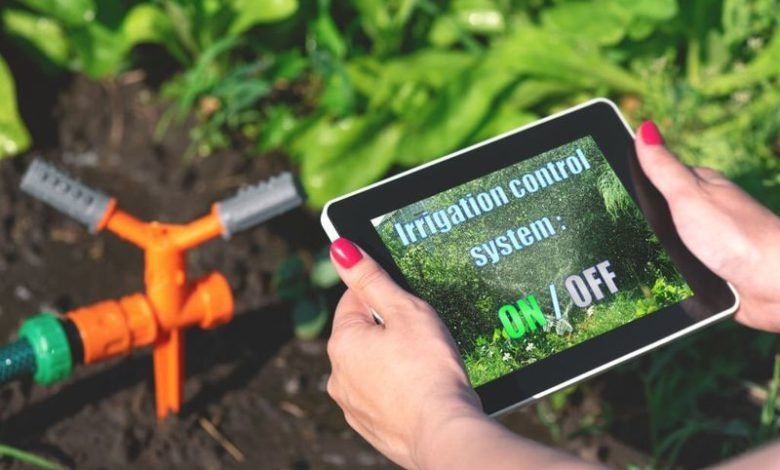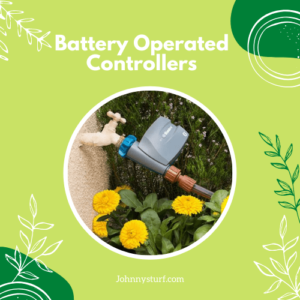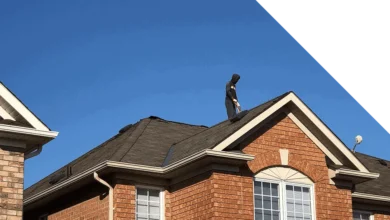Irrigation Controller: Buying Guide

An irrigation controller is a central station that controls the irrigation system. Also known as a lawn sprinkler system timer, the irritation controller sends signals to the irrigation valves that regulate the water flow into the sprinkler system. The controller allows you set the day, time, and duration to irrigate your lawn. It can be partly or fully automatic or mechanical. Sprinkler controllers require minimal maintenance.
Moreover, the residential and commercial property owners might want to install, replace, or upgrade the controllers’ parts or additional features. The installation and replacement process of irrigation control is simple and easy. You can either DIY or hire a professional irrigation expert for your irrigation system installation and repair in Saint Johns, FL property.
Choose the Right Irrigation Controller
An irrigation system at your commercial and residential property will guarantee ease in maintaining your greens with sufficient watering. With the ever-advancing technology, the efficiency and effectiveness of irrigation systems will also increase. The days are long gone when you used to press a button to start the irrigation system manually. Nowadays, numerous irrigation controllers are available to simplify your irrigation operation. Over and above, by incorporating sensors into your irrigation system, it can even make it possible for the controller to adjust the watering schedule according to the weather, soil, and evaporation.
When choosing an irrigation controller, the crucial things you should consider are –
Indoor or outdoor
Irrigation controllers are available in various makes and models. Pick one based on the size of your sprinkler and requirements. The controls are available in two types, indoor and outdoor models. The indoor sprinkler system controllers are to be protected from climatic elements. Moreover, without a hitch, you can plug it directly into a 110-volt outlet since the controllers are equipped with an external transformer as a plug-in cord. You can install the indoor controllers in spaces like a covered patio, shed, closet, garage, and similar indoor spaces. Just the reverse, an outdoor irrigation controller is easy to use, weather-resistant, long-lasting, and often needs permanently connected circuits rather than being connected to a 110-volt outlet because the transformer in an outdoor controller is housed within the weatherproof cabinet. You can use outdoor controllers in indoor spaces. To do it, you need to connect a pigtail three-prong plug and power cable to the power cords of the controller. It is a common practice! Many people do this to reap the benefits of a weatherproof cabinet and other additional features of an outdoor irrigation controller.
Controller Stations
Generally, most residential irrigation systems use controllers with two to nine stations, whereas commercial or public properties could include thirty-two to forty-eight stations. The stations are responsible for regulating a particular lawn sprinkler irrigation system zone. However, consider understanding the number of stations your irrigation system will need while choosing the controllers. Select the sprinkler controller that comes with an additional station; you might need expansion later on in any event.
Controller Programs
A lawn irrigation controller typically has one to four programs, usually referred to as programs A, B, C, and D. Most controllers have 2 programs as a minimum or more. The program is an arrangement of watering programming lines for stations operating on the same day. When you set up program A, you set the day, the time of the day, and the duration to water your lawn. With a controller with two programs, you can set up a day lawn watering schedule in one program, whereas the flowerbeds and shrubs on the second program. Once the controller program starts functioning, it will run through all the programs before ending or repeating the program.
When choosing an appropriate irrigation controller for your residential or commercial landscaping, it is vital to understand the different types of controllers available. The three types of irrigation controllers include:
Wi-Fi Controllers
In the past, the purpose of irrigation controllers was to operate the watering system for a specific day and time. Wi-Fi controllers are intelligent irrigation systems controlled through Wi-Fi devices. Regardless of where you could be, you can control your irrigation from anywhere. It is an excellent option to control your irrigation while traveling or when not at home.
AC-Powered Controllers
AC-Powered controllers are housed in a fixed area and connected through an electrical power supply. They are ideal for residential and commercial properties. But, for commercial properties, you need to have more advanced and sophisticated AC-Powered controllers housed with additional features.
Battery Operated Controllers
 Battery-operated controllers are among the most traditional controllers used in residential and commercial properties. They are the best bet for properties that don’t have a power supply for irrigation. A battery-operated irrigation controller is easy to operate and use. However, many people prefer to choose it. With regular battery replacement, you can use it effectively for years.
Battery-operated controllers are among the most traditional controllers used in residential and commercial properties. They are the best bet for properties that don’t have a power supply for irrigation. A battery-operated irrigation controller is easy to operate and use. However, many people prefer to choose it. With regular battery replacement, you can use it effectively for years.
Consider this guideline when buying an irrigation controller for your home or office landscaping. For more professional help, search out the best irrigation system installation and repair Jacksonville, FL company specializing in designing, supplying, and installing proficient irrigation products. Not only are irrigation controllers, but they can also provide you with high-quality irrigation piping, filters, nozzle system, spray system, and everything required for irrigation.




